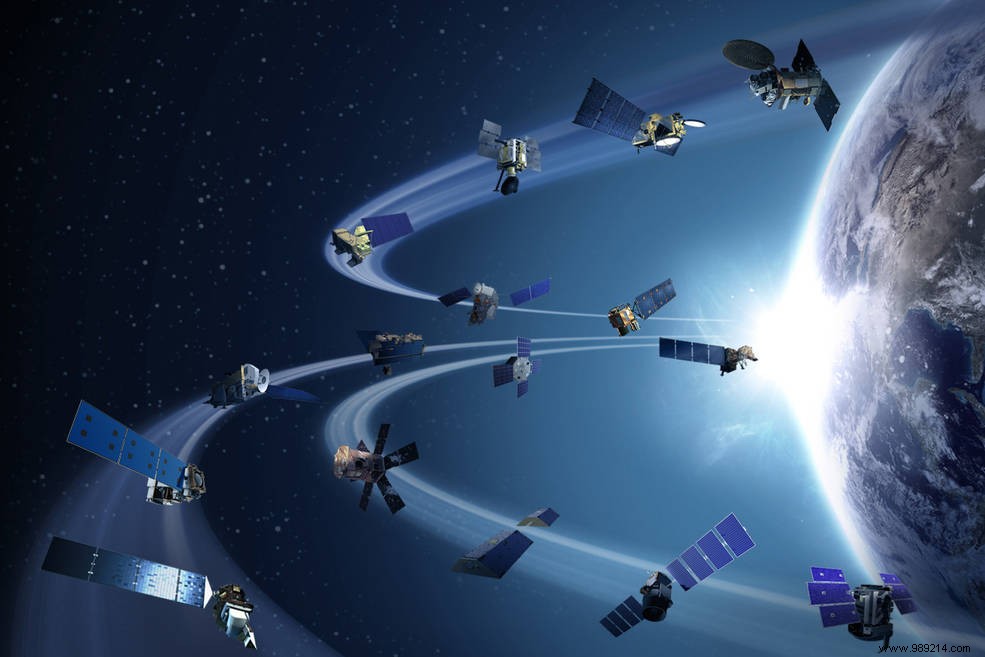While collisions between satellites are so rare that only one has occurred in history, the multiplication of these objects in orbit increases the risks. NASA and SpaceX have therefore entered into an unprecedented agreement. Both parties will thus collaborate to avoid potential future collisions.
In 2019, the European Space Agency (ESA) carried out a maneuver in space to avoid a SpaceX satellite. According to the agency, the risk of collision was one in 1,000 and one in 591 for SpaceX. If this case had caused a stir, the worst was avoided. Moreover, a single collision between two satellites has already taken place in history. In 2009, the Iridium-33 (USA) and Kosmos-2251 (Russia) satellites collided 776 km above the Taymyr Peninsula (Siberia).
While projects of satellite constellations are underway, mainly SpaceX's Starlink project, it seems wise to do everything to avoid potential future collisions. There were already exchanges, but obviously, it was necessary to strengthen them. A NASA press release published on March 19, 2021 mentions an agreement with SpaceX.
“This agreement achieves a higher level of coordination, cooperation and data sharing, and defines the arrangement, responsibilities and procedures for Flight Safety Coordination" , can we read in the document.

NASA therefore wants to achieve exchange in a finer way with SpaceX in order to avoid dangerous rapprochements between satellites. This can happen in orbit, but also during the launch of new satellites as well as during "carpool flights", the purpose of which is to put several satellites into orbit at once. Remember that Elon Musk's company ultimately wants to place thousands, even tens of thousands of objects in orbit and that NASA has its own fleet of satellites that she logically wishes to protect.
Today, Earth's orbit would contain about 30,000 pieces of space debris larger than 20 cm. However, these represent a threat for other satellites, but also for manned missions, in particular to the International Space Station (ISS). The fact is that this debris is likely to collide with each other and therefore generate more fragments . This collaboration will thus make it possible not to further aggravate an already largely worrying situation.